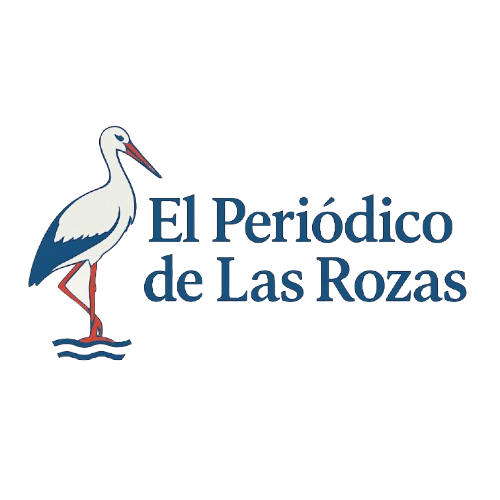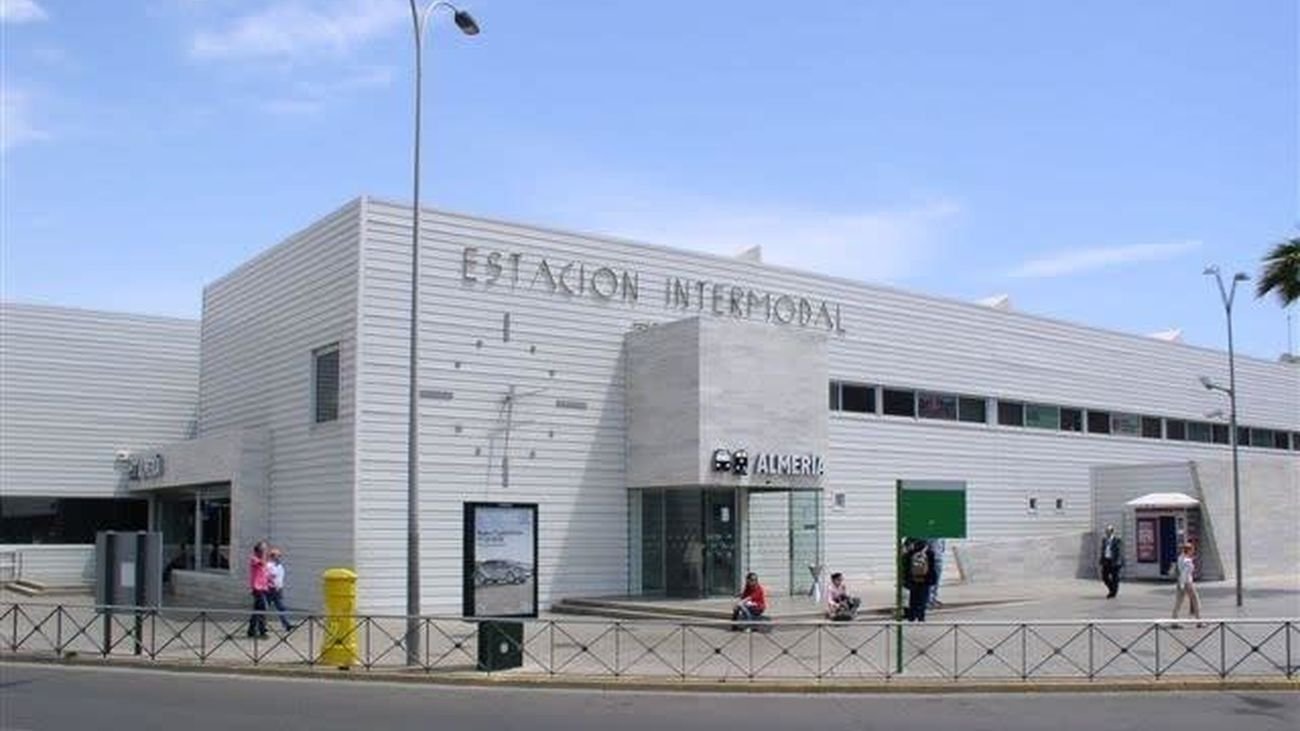Díaz Ayuso anuncia que la Casa de Vicente Aleixandre estará abierta al público
“The Community of Madrid does justice to an extraordinary poet and several generations of artists and intellectuals,” emphasized the president, who recalled how Aleixandre, who was a refugee in his house due to his delicate health, received his friends there “and those who wanted to meet him,” to the extent that those who passed through Velintonia were an essential part of poetry, painting, music, and all the art of the 20th century.
Díaz Ayuso toured the main rooms of the property, which will become a space to pay homage to the Generation of ’27 and the Silver Age. Located in the Chamberí district, the poet’s residence between 1927 and 1984 and a meeting place for creators, intellectuals, and friends of the writer, the interior highlights the room that housed the emblematic library where the poet used to receive his visitors; the bedroom, where he conceived most of his work, and the kitchen, which was initially a living room where Federico García Lorca played the piano.
During the visit, the president was able to listen to two poems by Aleixandre, «Unidad de ella» from «La destrucción o el amor,» and «Rostro final» from «Poemas de la consumación,» and explore the garden, where a cedar of Lebanon planted by the author himself in 1940 is preserved.
The future House of Poetry has remained uninhabited for 40 years and was finally acquired by the regional government in a public auction last April for an amount of 3.1 million euros, after submitting the only bid. At the end of this month, the regional government will open the space to all Madrilenians with guided tours and other free activities.
Renovator of Spanish poetry
Vicente Aleixandre, born in Seville in 1898, spent his childhood between Malaga and Madrid, the city where he lived from 1909 until his death in 1984. A key figure in 20th-century poetry, he was awarded the National Literature Prize in 1933 for «La destrucción o el amor» and appointed a member of the Royal Spanish Academy in 1949. In 1977, he received the Nobel Prize in Literature for his «creative poetic writing, which illuminates the condition of man in the cosmos and in current society, while representing the great renewal, in the interwar period, of the traditions of Spanish poetry.»
Over time, he would form friendships with prominent members of the Generation of ’27, such as Dámaso Alonso, Gerardo Diego, Luis Cernuda, Rafael Alberti, Federico García Lorca, and Miguel Hernández, among others, whose visits to Velintonia turned it into a setting for poetic and literary conversations and encounters.
Later, the poets of the post-war period, from the fifties and sixties, would continue to frequent his house, participating in gatherings with figures such as Rafael Morales, Claudio Rodríguez, Leopoldo de Luis, Juan Luis Panero, Francisco Brines, Carlos Bousoño, José Luis Cano, and José Hierro. Subsequently, the so-called novísimos, such as Luis Antonio de Villena, Vicente Molina Foix, Pere Gimferrer, Leopoldo María Panero, Antonio Colinas, Guillermo Carnero, Marcos Ricardo Barnatán, Javier Lostalé, and Jaime Siles.
Declared a Property of Cultural Interest (BIP) in 2022, it will be classified as a Cultural Interest Property (BIC) to recognize its outstanding historical and cultural value and ensure maximum protection. The regional government plans to open it in 2027, coinciding with the centenary of the Generation of ’27 and the 50th anniversary of the Nobel Prize awarded to Vicente Aleixandre.
This emblematic space will be integrated into a cultural and tourist itinerary that traces the history of Spanish literature from the Golden Age to the 20th century, alongside landmarks such as the Birthplace of Cervantes in Alcalá de Henares, and the House of Lope de Vega in the Barrio de las Letras, where the Cervantina Society is also located, which houses the printing press that printed the first edition of Don Quixote in 1605 and with which the Community of Madrid collaborates, offering guided tours.





Publicar comentario